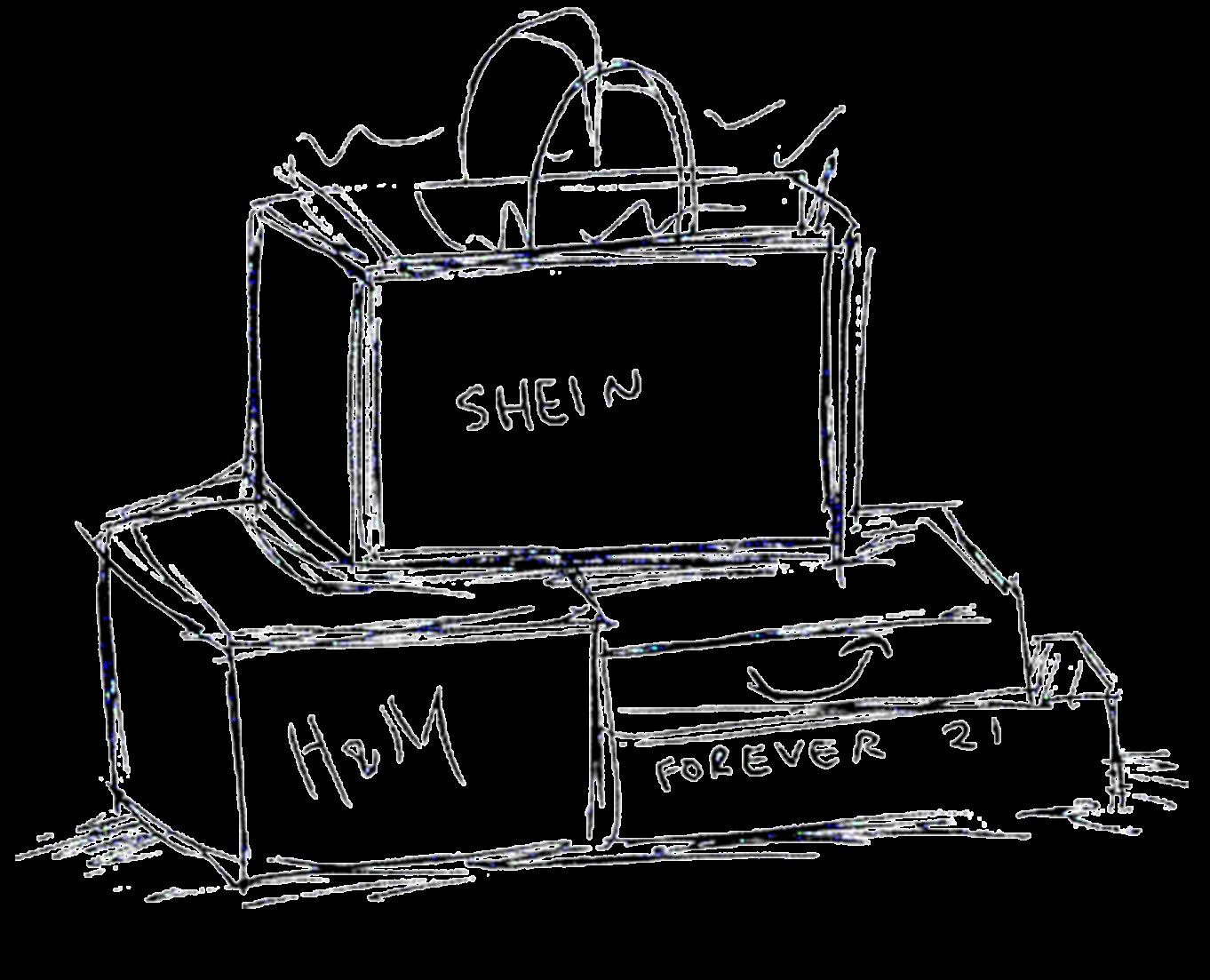
4 minute read
Mario movie lives up to expectations
by wgecho
Roxy Flood Staff Writer
Breaking the box office record, making $337 million on opening weekend, “The Super Mario Bros. Movie” was released on April 5, and is a faithful adaptation of the games.
Advertisement
It does not change aspects of the Mario world drastically nor the characters personalities or dynamics. It has a very light plot, like most Mario games, which lets the directors use the movie for world building, with small details making the world feel more alive, like the Blooper Squids in the water or a Yoshi Dinosaur herd running by.
The movie follows the Mario brothers who are plumbers from Brooklyn. After trying to fix a massive flooding problem in the city they get transported through a magic pipe which separates the two. Mario ends up in the mushroom kingdom and with the help of Toad and Princess Peach they go to the darklands to save Maio’s brother Luigi. Along the way they get help from the Kongs who are the inhabitants of the jungle kingdom.
While the film is filled with references to Nintendo and its various properties, some notable ones are the Punch Out Pizzaria that the two brothers are seen in, this being a reference to the NES game “PunchOut.” There is also a reference to “The Super Mario Bros Super Show” theme song as it’s played in the brothers’ plumbing commercial. The references don’t take away from the plot and don’t isolate new viewers to the franchise.
The movie does have some pacing issues, with parts of the film wrapping up very quickly, not having enough time to sit for the viewer to process.
Two stand out performances are Jack Black (“School of Rock”) and Keegan Michael Key (“Key & Peele”) as Bowser and Toad. Black’s voice suits Bowser completely and Key’s approach to Toad makes him sound adventurous and cute, rather than the original Toad voice, which would be ear grading to hear for an hour and a half.
Notably, Chris Pratt’s (“Parks & Recreation”) Mario voice was not as bad as the internet predicted, due to Pratt’s previous work in voice acting sounding very similar to his voice. In the movie however, he does have a new voice for the character. In the movie the Mario voice is more of a Brooklyn accent instead of Italian.
The film is only in theaters at the moment with tickets selling for $16.70 at Ronnie’s and a runtime of an hour and 32 minutes.
Arianna Peper News/Opinion Editor
“Fast Fashion” started as a 1990s corporation trend of cheap, trendy, and poorly made clothing and has now become the third largest contributor to pollution.
“Fast Fashion” brands such as Zara, H&M, Shein, Romwe, Forever 21, GAP, and Nike pro duce trendy, cheap items and are then contributing to single-wear mentality. This is the idea that items should only be worn once and not repeated, which leads to the purchasing of more items.
While it might appear as though custom ers are getting the most out of their pur chases with cheap prices and an abun dance of items, there is more behind it.
When purchasing from “Fast Fashion” companies, a customer can get stuck in a cycle of buying items that are trendy and cheap, which over time can have a nega tive impact on the amount of money spent for what they receive.
The websites “State of Matter Ap parel” and “Earth Day” both state that most “Fast Fashion” items are made out of synthetic fibers. Synthetic fibers like polyester and nylon are derived from fossil fuels and are non-biodegradable while also releasing harmful chemicals into the environment.
Aside from the long-term waste of synthetic fibers used to make clothing for “Fast Fashion,” these fabrics also do not provide good quality for
The fabrics used to make the clothing items from places like “Shein” do not last long. An article from “The Clothing Coach” stated synthetic fabrics rarely last longer than a few wears, which puts the consumer in a constant cycle of purchasing new items and contributing to landfills.

These chemicals in the synthetic fibers, such as formaldehyde and dioxane, are designed to not break down easily.
According to “Impakter” and “The American Cancer Society,” these chemicals are also
Workers are then exposed to the toxic chemicals in these clothing items every day and the dyes used in the clothing items for little to no pay.
“Earth.org” stated that workers in the garment industry are required to put in 14 to 16 hours daily and endure verbal and even physical abuse from managers.
Not only are there unfair hours, but child labor is common among these popular “Fast Fashion” brands so companies can keep the costs low while producing more items.
Fashion Design teacher Amie Shea said, “[Fast fashion] is very deceptive. I don’t think people realize what their purchases endorse, especially in the United States where it is a common practice to buy items without realizing what the actual cost of it is.”
The majority of these items purchased from cheap online fashion stores and malls are making their profits from unfair wages and forced labor, Shea said.
Out of around 100 billion clothing garments produced each year, 92 million tons end up in landfills. Producing these items uses large amounts of natural resources as well as releasing greenhouse gases, which are responsible for climate change.
“Fast Fashion” is one of the leading causes of global warming. People purchase items that won’t last and companies are continuing to exploit workers for these items. Rather than purchase them and support brands that provide harmful working conditions and unfair hours and wages, Shea said people should either buy from thrift stores or invest in clothing that will actually last.
Shea stressed the importance of realizing what your purchases are contributing to. She said the unfair labor practices and harmful chemicals used are not worth the purchases people make from Shein and other companies.
Just because it’s cheap and cute doesn’t mean it’s worth it.
Art by Margaret Korte









